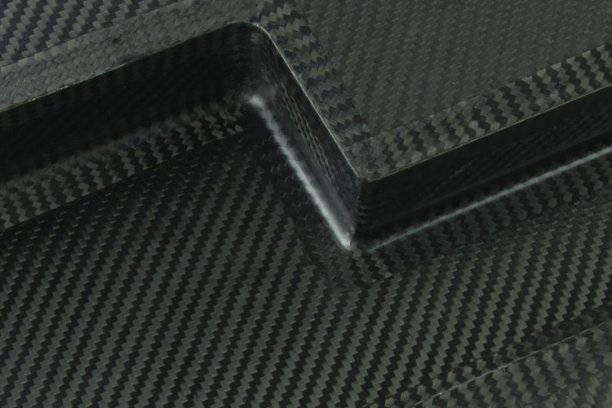
New graphene-enhanced prepreg for lightning strike protection
Advantages have been further accelerated by automation, with thermoplastic prepregs growing faster than thermosets.

26th March 2021
Innovation in Textiles
|
Dublin, Ireland
The global market for prepregs based on glass, aramid and carbon fabrics and fibre tows as composite reinforcements will grow from a value of US$6.2 billion in 2020 to $10.2 billion by 2025, at a CAGR of 10.5%, according to a new report from Research and Markets.
Prepreg materials are manufactured by combining reinforcement fibres or fabrics with specially formulated pre-catalysed resin systems. They are used to produce composites faster and with less mess than wet lay-up systems. Covered by a flexible backing paper, prepregs can be easily handled and remain pliable for a certain time period at room temperature.
Recent advances in prepreg technology have produced materials that do not require refrigeration for storage, those with longer shelf life and products that cure at lower temperatures without the need for autoclave techniques. A wider selection of reinforcements and polymer matrix resin systems presents more opportunities for composites production using prepreg materials than ever before.
While the initial cost of prepreg materials is higher than materials used in traditional wet lay-up and spray-up processes, lower fabrication costs, faster production and other benefits that prepregs offer can reduce and even eliminate the cost differential. Cost advantages include reduced labour, the elimination of manual wetting-out steps, reduced re-work to redistribute resin (since resin is already uniformly distributed) and a reduction in the clean-up operations associated with wet processes. All of these advantages have been further accelerated by automation, with thermoplastic prepregs growing faster than thermosets, especially in the aerospace and defence sector, as well as in sporting goods.
Hot-melt processes avoiding organic solvents are increasingly being employed in prepreg manufacturing, especially in Europe.

Business intelligence for the fibre, textiles and apparel industries: technologies, innovations, markets, investments, trade policy, sourcing, strategy...
Find out more